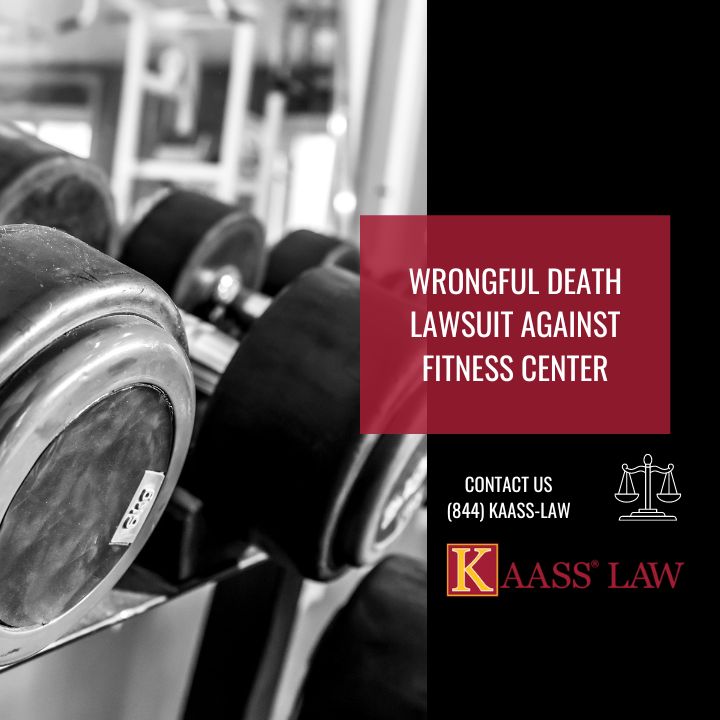AEDs, or automated external defibrillators, must be available in all health clubs in California at all times in case a member suffers a heart attack. The regulation also mandates that health clubs instruct their staff members on how to use them efficiently. The explanation is simple: if the right equipment is either unavailable or used improperly by health club staff, people will be in great risk and may even perish. These days, gym accidents are all too often; if you’ve lost a loved one, get in touch with Kaass Law right away.
What Can Cause Wrongful Death in Gym Accidents?
In gyms, wrongful deaths can happen for a multitude of causes. Here are a few causes of wrongful death in gym accidents, for instance:
- Some of the equipment is too old to be in use, safely.
- Some of the equipment is broken.
- Some of the machinery hasn’t received routine maintenance.
- Some of the staff members were not properly trained.
- Some businesses disregard the required safety procedures.
Who Is Responsible for a Fatal Gym Accident?
The specifics of the incident always determine liability. Failure to address a hazardous condition in the gym by the gym owner or any representatives of the gym (such as personnel) is a breach of their duty of care to all visitors. An incident that may cause injury can directly come from a duty violation. A violation of duty can include the following:
- Failure to inspect gym equipment,
- Repair equipment,
- Implement safety regulations etc.
Typically, fitness facilities purchase their gym equipment from other businesses. As a result, these companies might not create safe items. The business that designed and made the faulty product may be held accountable if it results in a gym accident. The gym might still be held partially accountable, though. Please see a lawyer as soon as possible if you want to learn more about who is responsible for gym accidents and whether you have the right to submit a claim.
Statute of Limitations
In California, there is a stringent two-year statute of limitations for bringing a wrongful death suit, with very few exceptions. The day following the decedent’s passing marks the start of the recording deadline.
The court will probably reject your case permanently if you do not file a wrongful death claim within the allotted time frame and no exceptions apply to your circumstance.
The two-year statute of limitations is subject to some exceptions. The disclosure rules may apply if the decedent’s family members don’t appear to have learned of their loved one’s passing until after the fact. The statute may extend in court so that the two-year term begins as soon as the surviving family members become aware of it.
Available Damages in Wrongful Death Case
In order to recover some of the loss, surviving family members bring a wrongful death lawsuit against the party or parties they hold accountable for the passing of a loved one. Plaintiffs in these claims in California have a number of possibilities for monetary restitution, including:
- Medical costs
- Funeral/burial expenses
- Loss of earnings
- Companionship loss
Loss of income damages typically involve getting back the money that the deceased would have made if they had lived to an average life expectancy.
Getting compensation can help you and your family get over a particularly terrible experience. Don’t hesitate to get in touch with our legal team right now if you’re eager to learn more about the kinds and amounts of compensation you might be eligible for.
Contact Kaass Law for Skilled Legal Counsel
Has someone you care about subsequently died as a result of someone else’s negligence? For a consultation or to learn more about our additional services, contact our office at 310.943.1171.

